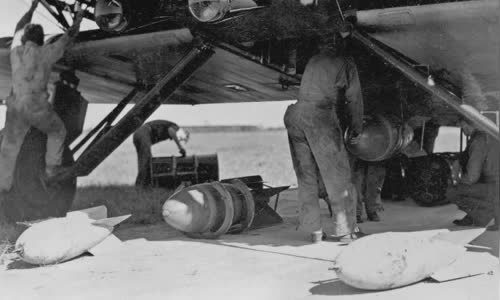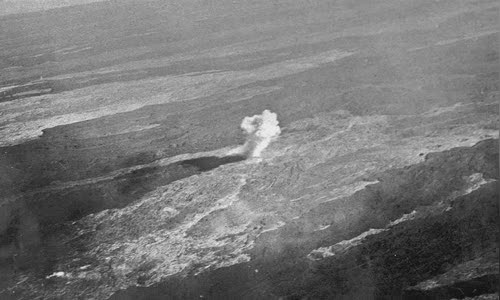The US Air Force in 1935 implemented an unprecedented bombing plan to prevent the lava flow of Mauna Super volcano on Hawaii Island.
Mauna Loa Super volcano is located in the center of Hawaii Island, one of the largest volcanoes in the world.

Photo: NY Times
The eruptions of Mauna Loa volcano often create huge lava lines, fast moving, which can threaten residential areas in the east and western island Hawaii.
American technicians bombed the bombers before the Mauna Loa Super volcano bombing campaign on December 27, 1935.
To prevent the threat, Thomas Jagger, the founder of the Hawaiian volcano observatory, proposed the use of strong explosives to collapse the lava tubes under the crater and block the flow.
He planned to use TNT tons of tons of explosives to the crater to do it, but this took a lot of time and did not match the emergency situation when the volcano erupted.
On December 27, 1935, the US Air Force Corps, the predecessor of the US Air Force, deployed 10 B-6A bombers to attack Mauna Loa volcano.
Keystone B-6A bombardment bomber practice bombing to implement the Mauna Loa volcanic stream.
As planned, each aircraft carries two bombs weighing 270 kg to drop into the Mauna Loa crater to cover the lava tube.
Six days after the bombing, the lava line was blocked and Jagger declared the mission that was unexpectedly successful.

Photo: NY Times
However, geologist Harold Stearns, who was present on a bomber to participate in the bombing, expressed doubt about the effectiveness of this plan.
The smoke column rises after a bomb exploded during the campaign on December 27, 1935.
Jagger still affirmed that volcanic bombing has been effective.
The US Air Force continued to bomb the Mauna Loa volcano in 1975 and 1976, to test the ability to rectify lava flow with a bomb weighing 907 kg.
The United States then developed the GBU-57/B MOP super-broken bomb weighing nearly 15 tons, carrying 2.5 tons of explosives, helping it to be able to penetrate the target deep below the ground more than 60 m.



 Rewe Milan
Rewe Milan







